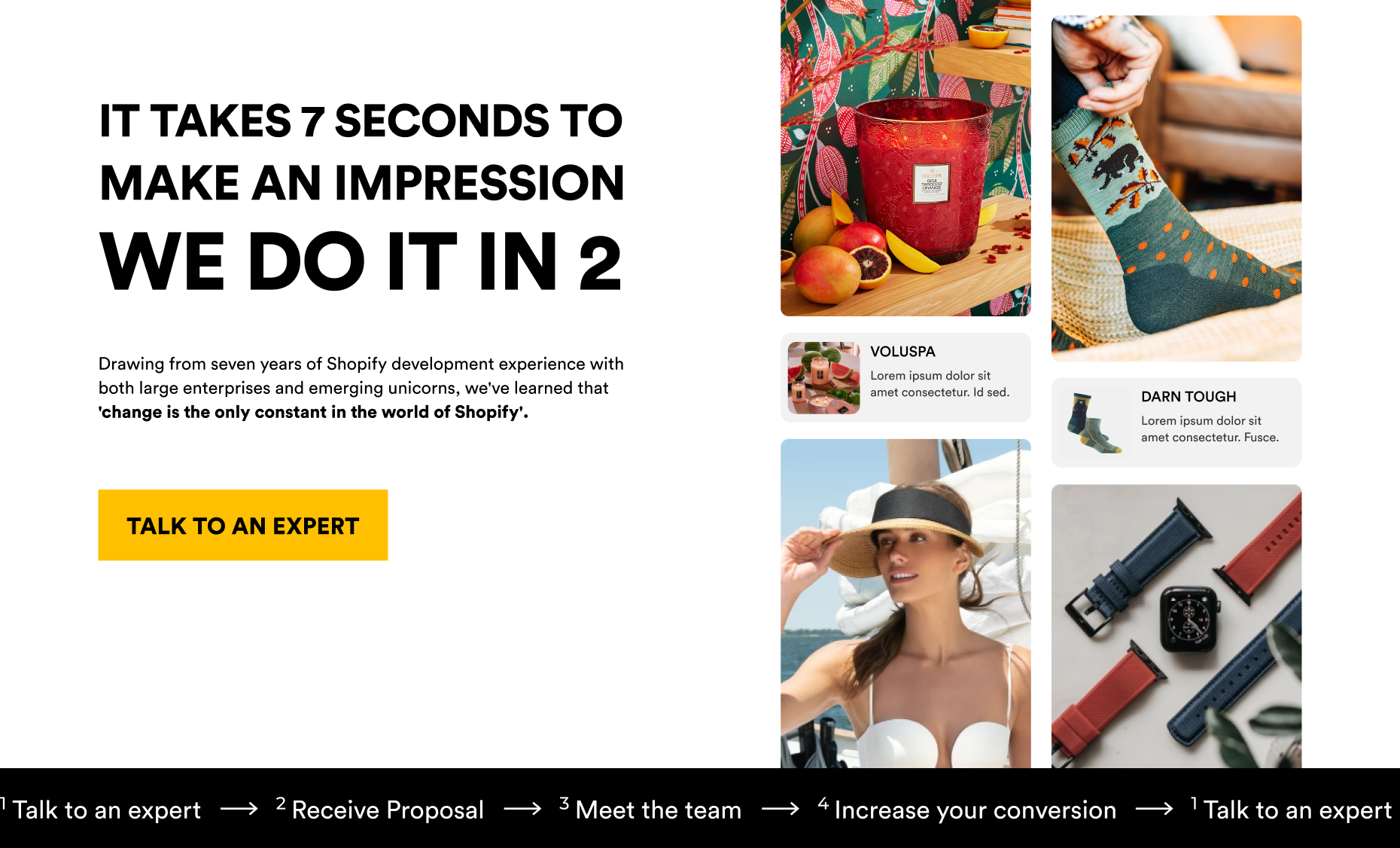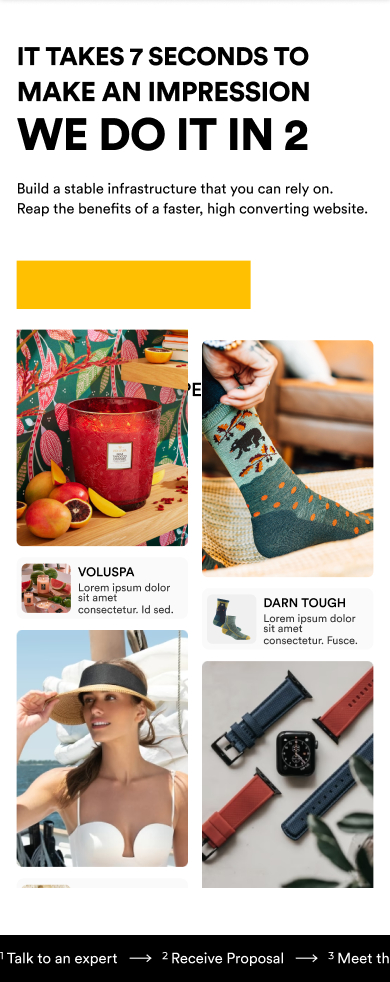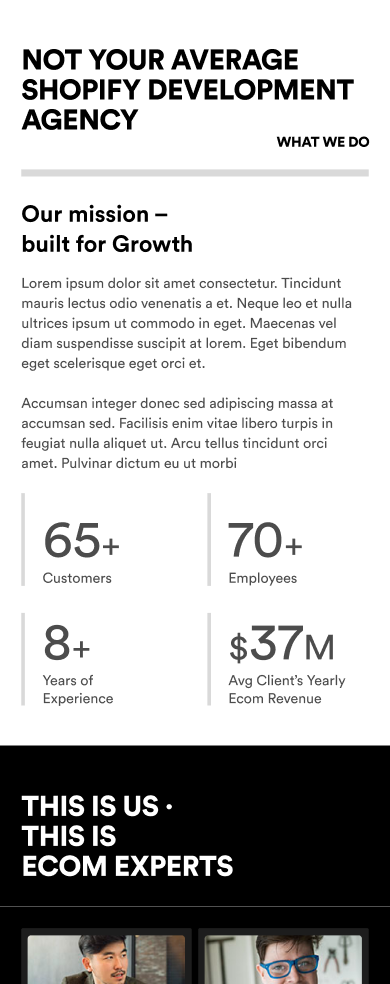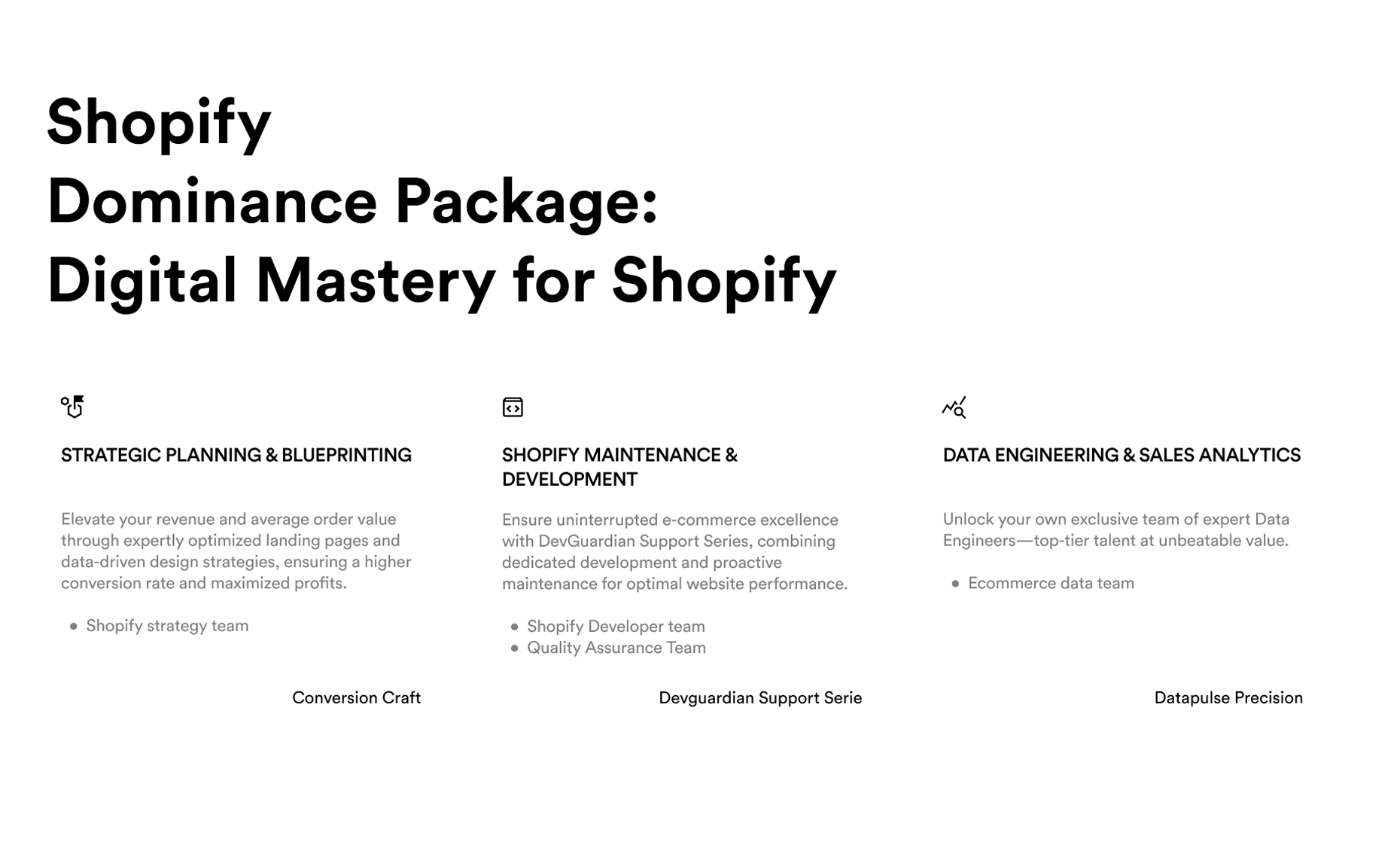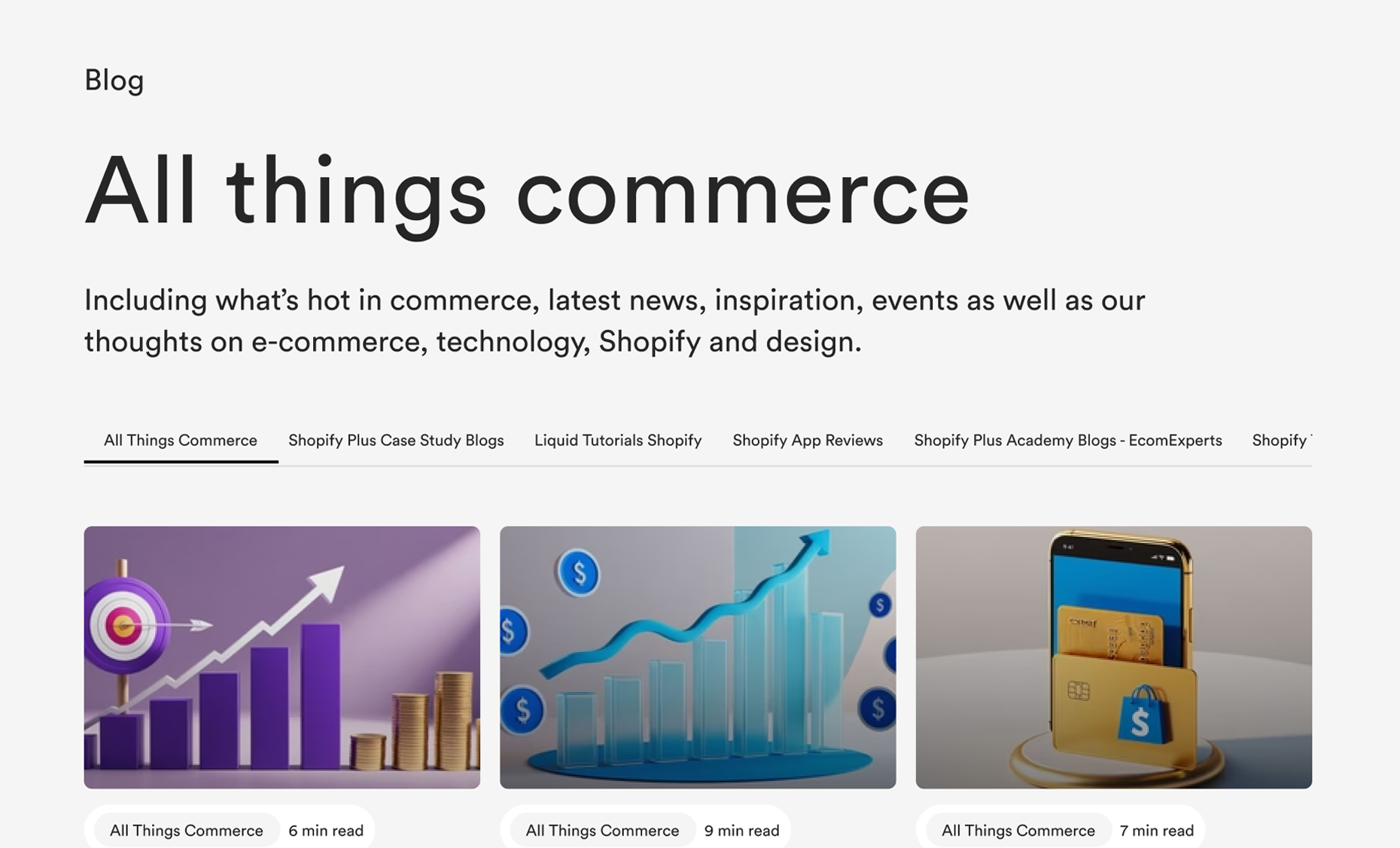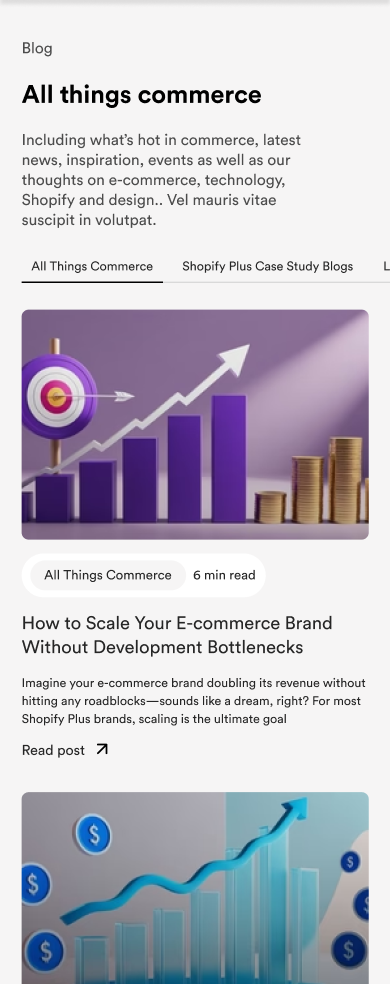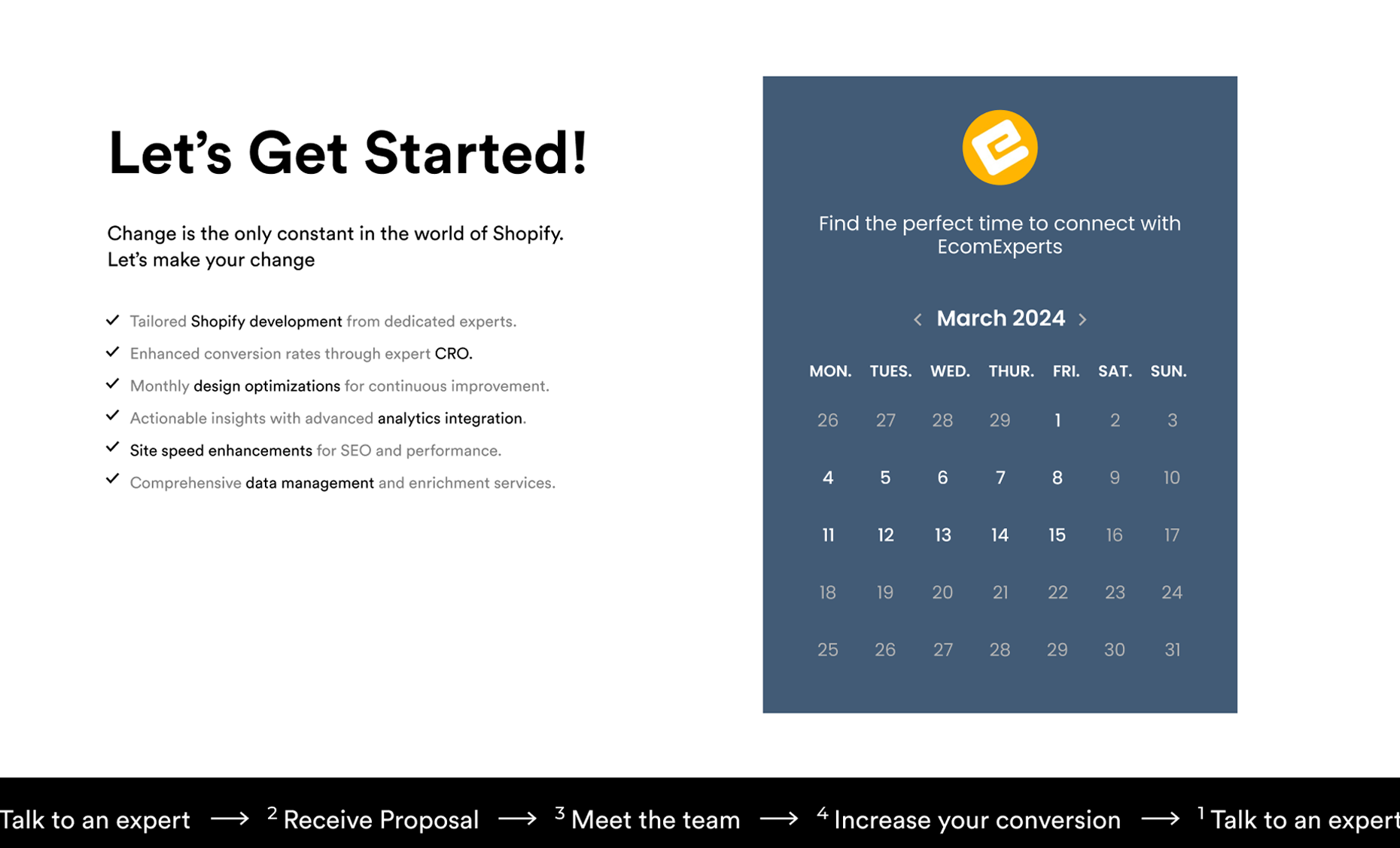-
-
Once the Wishlist Plus app is installed, you should be on the start guide. The first step in this start guide is account creation, and you need to fill in your name and email address. On the next page, there's a plan picker but not the usual page with pricing and features; here, you can select the features you want to use, and based on that, the app will recommend a plan.
Select the options you would like and click on continue. You should note that on the free plan, you get access to limited features.
On a free plan, we only have 100 wishlist actions, which is not much, but if you decide to upgrade, you can choose from a range of amazing features.
Click on Start free, and you should be on the launch button details page. The first step is to choose the launch point position. You can choose if you want it to appear as:
-
A floating button
-
As a menu item and
-
A header menu item
If you want the wishlist button as a header menu item, choose that option. This option requires some code work, but don't worry; we'll walk you through the process.Identify the navbar liquid file that has the code for the account and cart. The liquid file varies based on the theme your site is built with; here are some of the files that we have seen the code is placed in:
-
sections/header.liquid
-
snippets/header-bar.liquid
-
layout/theme.liquid
Insert this code at the place where you'd want the header icon to appear, and that is it. In your case, it is sections/header.liquid search for cart and place the code right under it.
Jumping to the next step, and in this section, you need to choose how you want to display your wishlist module. Two options are available: popup window and separate page.
Now it is time for customization. Here you should define the look-and-feel of the Wishlist button on our product pages; not much of customization is available; there are 5 button types. Choose one, and you can play around with colors.
However, there's not much to do but since you can only change the colors of the button before and after the user has added products to their Wishlist.
Leave labels the way they are, but in case you are not selling in the English speaking area, this is the place where you can change the language. Keep in mind that if you want to use the app in any language other than English, you will need to pay for it.
Now, you're left with the social count. Wishlist plus allows you to display a count of how many users have added this item to their Wishlist, but in case you don't have that many sales, maybe you should ask your marketing expert about this.OK, on the last step, which is Email details. Here you need to add who is sending the mail and replay-to-email. For the store's logo, upload one.
The dashboard is really nice. There's a plan progress bar on the first page, so you know when to upgrade and under it basic app insights. In the sidebar, items are placed in a logical order; we can choose between:
-
Dashboard - the page we are currently on
-
Reporting - In this tab, we can send alerts to our customer, and if you choose to upgrade, you will have insight into wishlist products and also customer emails. OK, let's go to the Metrics tab
-
In this tab, we have site activity, conversion data, and wishlist metrics
-
If you click on the wishlist here on the left, you will be able to customize all features available on your plan.
Reload your products page, and you should find the changes that have been made.
Finally, you have installed and tested the Wishlist Plus app; if you decide this isn't the app for you, here's how to uninstall it. This is one of those apps that leaves a script or code in your theme after uninstalling it from the Shopify admin.
-
Start by uninstalling the app from the Shopify admin and quickly jump to the theme code. If you're doing this for the first time, first go to the Online Store sales channel here; just to be secure, make a copy of your current live theme. Click on Actions and then Duplicate. Once the duplicate is made, you can proceed to the code edit.
Now that you have the theme editor open, just follow the steps
-
In the layouts folder, remove the SWYM_BACKUP_theme.liquid file
-
In the Snippets folder, remove all files that begin with "Swym". Here are some files that will be there on all installations
-
swymSnippet.liquid
-
Swym-product-view.liquid
3. If you have had any customizations done on your store, you will have to go remove those as well.
-
Header menu customizations – check for "swym" in header.liquid and theme.liquid and remove the code.
-
Collections – Find the liquid file where the items in the collections are rendered and search for "swim" in the code and remove the button
-
Quick View – Find the liquid file where the Quick view is rendered from and search for "swim" in the code and remove the button
4. Remove swym include entries from layouts\Theme.liquid (Search for this line and delete it -> {% include 'swymSnippet' %})
5. Check your theme.css file to see if there are any "swym" entries and remove those.
6. TRENDING WISHLIST WIDGET – If you had the Trending Wishlist widget enabled, you will have to remove the following
-
Remove the section from either "Customize theme" or Templates\index.PHP.
-
Remove "swym-top-products.liquid" from under the Sections folder
-
In the Snippets folder, remove the following file
-
Swym-top-widgets-tmpl.liquid
-
Swym-top-widgets-js.liquid
7. Facebook Pixel – If you had the FB pixel enabled to add to wishlist action, please remove the following
-
Remove {{ ‘swym_fb_pixel.js’ | asset_url | script_tag }} from layouts\theme.liquid
-
Remove "swym_fb_pixel.js" from the Assets folder.
That should be it – once you follow the steps above, the app should be completely removed.
-



